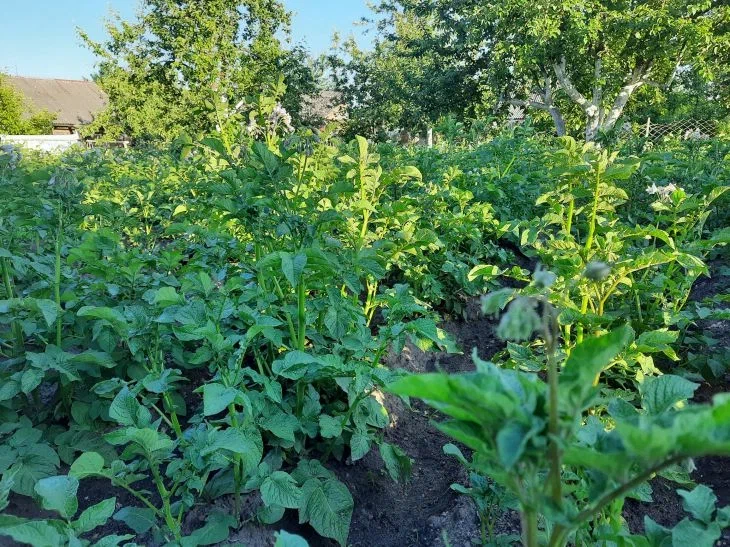The secret of the giant potato, hidden for decades by Siberian Old Believers, has finally been revealed.
It turns out that it’s all about an infusion of nettles and eggshells – simple ingredients that every summer resident has.
Ivan Belov , a descendant of Old Believers from a remote village near Tomsk, shared a family recipe.

"We collect young nettles before flowering, mix 2 kg of greenery with 10 crushed raw eggshells, pour in 10 liters of water and leave for three days in a barrel. Before watering, dilute with water 1:5 and pour under the bush when the potatoes are already hilled."
Why does this method work? Nettles are a storehouse of silicon, which increases the size of the tuber cells, and also contain nitrogen, iron and magnesium. Eggshells saturate the soil with calcium, which strengthens the skin and protects against wireworms.
The Potato System magazine confirmed in 2023 that such an infusion increases yields by 45%, and the mass of tubers increases by 1.5–2 times.
Scientists explain this by the symbiosis of organic matter and minerals: nettle stimulates growth, and calcium from the shell prevents potato deformation.
The dangers of the method are in the details. For example, the shells of boiled eggs are useless - during heat treatment, calcium becomes insoluble.
Another nuance: excess calcium blocks the absorption of potassium, which leads to lignification of the pulp.
To avoid this, agronomist Pavel Tikhonov advises adding 1 tbsp of potassium sulfate to the infusion.
Modern gardeners have adapted the recipe. If there is no nettle, it is replaced with comfrey, the champion in silicon content. Recipe from an expert: 3 kg of comfrey leaves and 1 kg of dandelions are poured with 20 liters of water, infused for 5 days and watered potatoes once every two weeks. Dandelions add phosphorus, accelerating the formation of tubers.
Scientists are still debating the method, with some calling it a "breakthrough in organic farming" and others warning of risks.
A 2024 study showed that nettle infusion increases the yield, but with excess nitrogen, it causes nitrate accumulation in tubers. To avoid this, feed potatoes only until mid-July, and then switch to potassium-phosphorus fertilizers.
For maximum effect, water the potatoes with the infusion in the morning or evening, avoiding the heat of the day. After fertilizing, mulch the beds with straw - this will retain moisture and protect the tubers from overheating. And remember: the method only works if crop rotation is observed. Do not plant potatoes in the same place for more than two years in a row - the soil will become depleted, and even nettles will not save.
